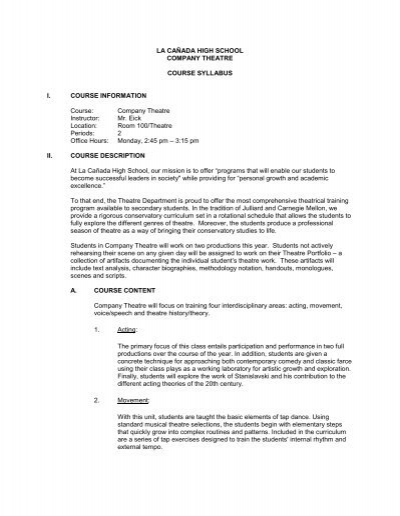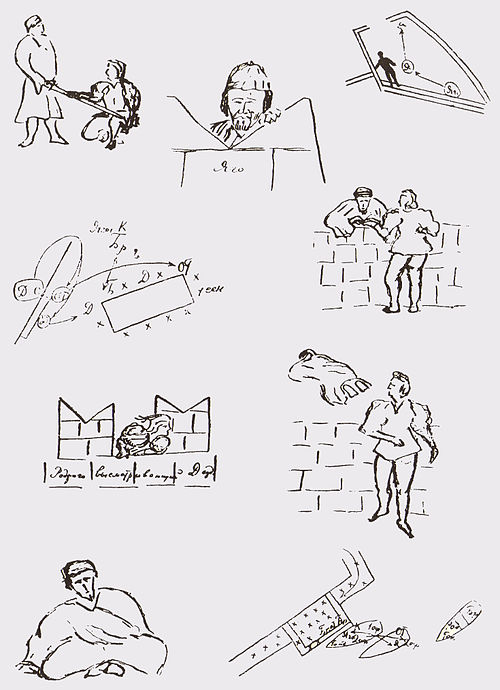The Stanislavski system, also known as the "method" or "systematic approach," is a set of techniques and principles for training actors to bring authenticity and emotional depth to their performances. Developed by the Russian actor and director Konstantin Stanislavski in the early 20th century, the system has had a profound influence on acting and theatre worldwide and has been further developed and refined by many prominent acting teachers.
Stanislavski was born in 1863 in Moscow and began his acting career at the Moscow Art Theatre, where he eventually became the artistic director. As an actor, he was known for his intense and realistic portrayals, and as a director, he was known for his meticulous attention to detail and his desire to create truthful, emotionally authentic performances.
To achieve this authenticity, Stanislavski developed a systematic approach to acting that focused on the actor's inner life and emotional state. He believed that actors should not simply recite lines, but rather, they should use their own personal experiences and emotions to connect with the character and the story. This required a deep level of self-awareness and introspection, as well as the ability to tap into and express a wide range of emotions.
To achieve this level of emotional depth, Stanislavski developed a number of techniques and exercises, including the "magic if," "sense memory," and "substitution." The magic if involves the actor imagining what it would be like if they were the character in the given circumstances. This helps the actor to identify with the character and to understand their motivations and desires. Sense memory involves the actor recalling and reliving specific sensory experiences from their own lives in order to tap into and express specific emotions. Substitution involves the actor replacing the character's circumstances with their own personal experiences in order to connect with the character on a deeper level.
The Stanislavski system also emphasizes the importance of physical and vocal preparation, including vocal warm-ups, physical exercises, and work on character development and relationships. In addition, Stanislavski stressed the importance of ensemble work and the need for actors to be fully present and focused in the moment.
Over the years, the Stanislavski system has been further developed and refined by many acting teachers, including Lee Strasberg, Sanford Meisner, and Stella Adler. These teachers have added their own techniques and interpretations to the system, resulting in a wide range of approaches to the method.
Despite its evolution over the years, the Stanislavski system remains a fundamental and widely-respected approach to acting and continues to inspire actors and directors around the world. Its emphasis on inner truth and emotional authenticity has made it a powerful tool for creating compelling and believable performances.






